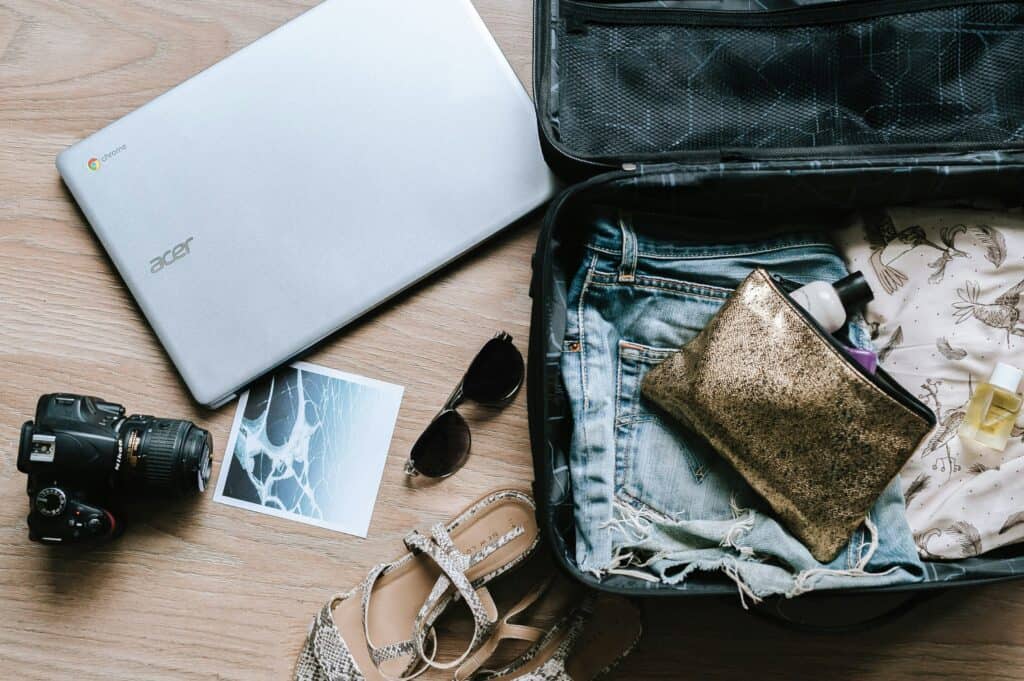1. Double-check that everything is in good working order
Kick the tires, or whatever idiom equivalent it’d be for luggage. When you remove the checked luggage from in your closet/under the bed/up in the attic/down in the basement, give the wheels a spin and the handles a tug to make sure it’s fit for travel. Otherwise you run the risk of plopping the suitcase down, packing it up, throwing it in the car, and only then discovering at the airport that there are structural issues.

2. Remove tags and stickers from previous flights
it does look pretty cool to have a bag covered in destination tags, but to prevent any baggage handling confusion after you’ve sent it off on its journey through the backends of airports, peel off any barcodes and undo the tracking tags. Leave only the newest tag for your current flights.

3. Label the inside and outside
A simple luggage tag on an exterior handle is only the first step to properly labeling your property, and yet many travelers stop here. We advocate a tag on two handles, plus a tag or label somewhere inside the bag and obvious (we hook another tag onto the lining zipper). This way, should a baggage trolley or conveyor belt rip the main tag loose, your name and contact info is still somewhere in there. It’s not being paranoid if you remember that there’s entire businesses that specialize in the resale of unlabeled luggage.

4. Take a long look at it
Memorizing little nicks or identifying marks can go a long way towards quickly recognizing your bag from a sea of others. Recently, after flying in from Sydney, we waited for an hour and three batches of luggage at the baggage claim before spotting ours coming down the line. Even though it was a stand-out red hardshell case, it had seemingly made friends with other red hardshell cases and only a bow on the handle and a tiny sticker separated ours from the luggage of travelers with similar taste.

5. Line up the zippers
If you’re not using a lockbox for zipper pulls, prevent them from being ripped off. Neatly line them up on the top of your bag, slightly off-center. This position keeps them away from handles and bag edges. It also avoids contact with other bags or machinery.
Bonus tip: check the weight! Invest in a luggage scale to avoid extra fees for overweight bags at the ticket counter.
About The Author
Sara Keagle is a Flight Attendant for a major U.S. Airline with over twenty years of experience. On her blog The Flying Pinto she shares advice on making air travel less stressful for all and offers peeks behind the galley curtain. She also co-hosts The Crew Lounge, a weekly podcast that gives insight into the career of a flight attendant.



